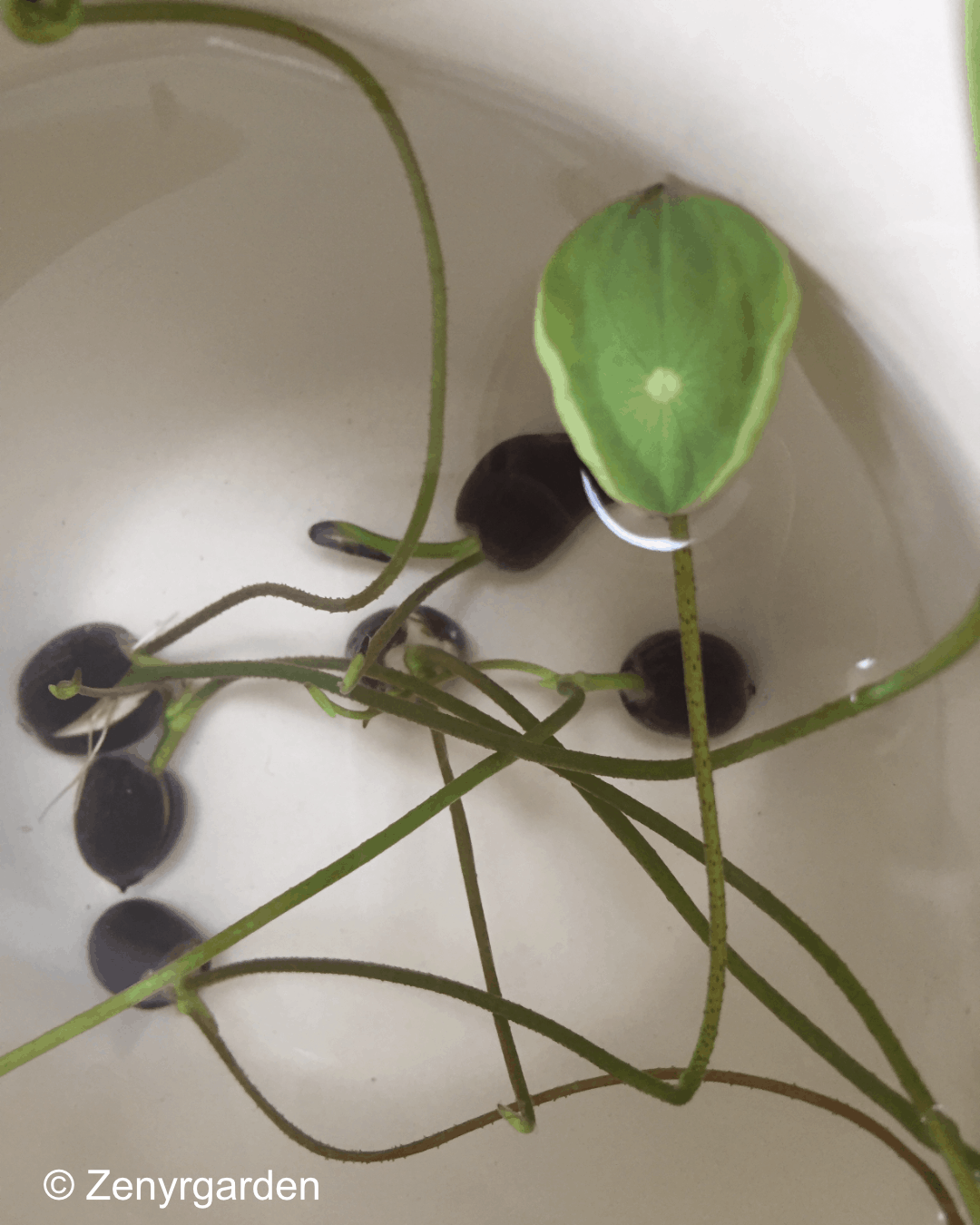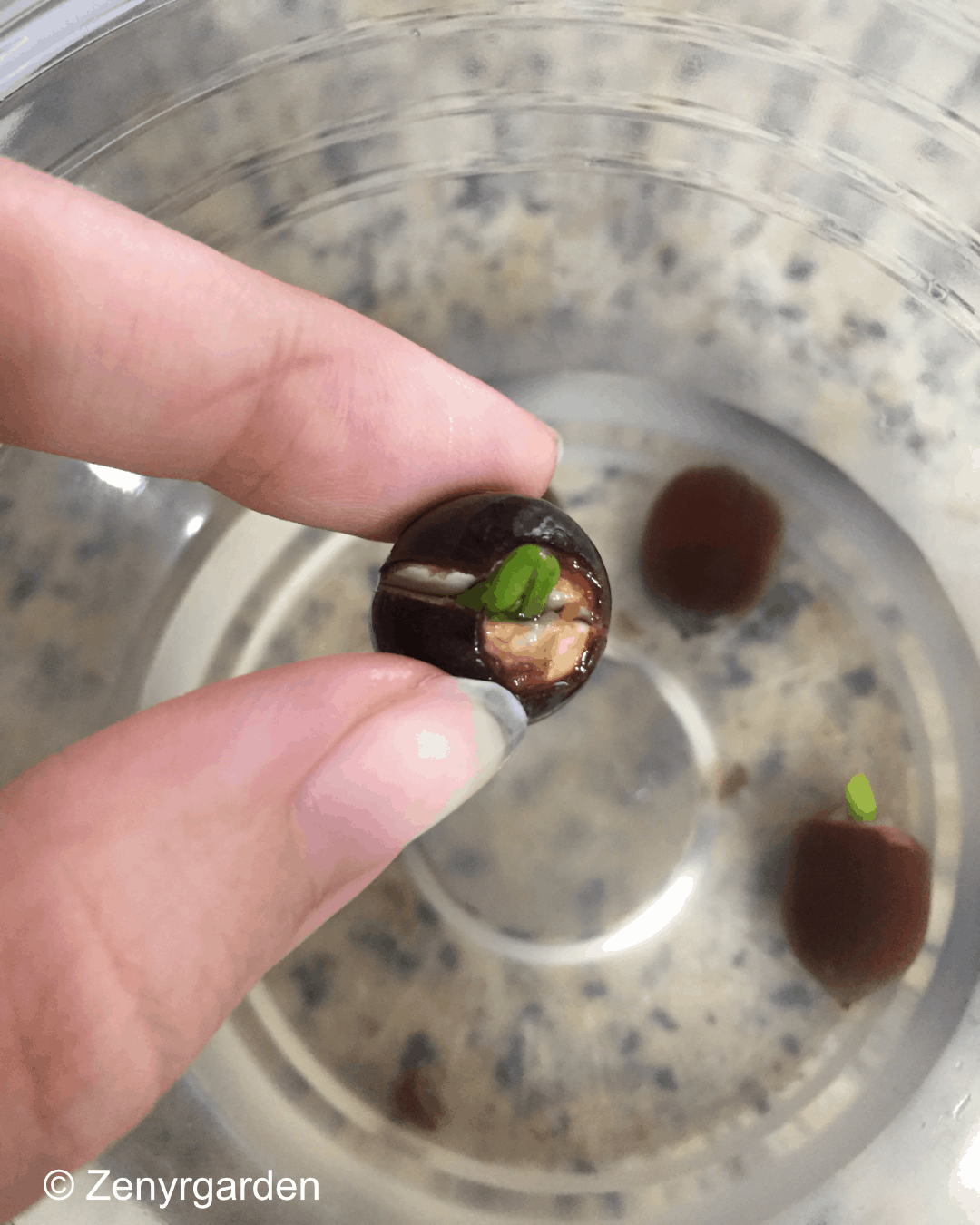Are you ready to bring the beauty of lotus flowers into your garden or pond? Planting lotus seeds might seem tricky at first, but with the right steps, you can watch these stunning plants grow and bloom right before your eyes.
Imagine the peaceful feeling of seeing vibrant lotus flowers floating on calm water, all because you took the time to nurture them from seeds. In this guide, you’ll discover simple, clear instructions that make planting lotus seeds easy and rewarding.
Keep reading, and soon you’ll have your own breathtaking lotus blooms to enjoy.

Credit: kenaqgardens.org
Choosing The Right Lotus Seeds
Choosing the right lotus seeds is the first step to growing healthy lotus plants. The type and quality of seeds affect how well your lotus will grow. Picking good seeds means better chances of beautiful flowers and strong plants.
Not all lotus seeds are the same. Knowing the different types helps you decide which suits your garden or pond.
Types Of Lotus Seeds
There are two main types of lotus seeds: sacred lotus and American lotus. Sacred lotus seeds come from the Nelumbo nucifera plant. These seeds often have pink or white flowers. American lotus seeds come from Nelumbo lutea. These seeds usually produce yellow flowers.
Choose the type that matches your climate and space. Sacred lotus grows well in warm areas. American lotus can tolerate cooler climates.
Selecting Healthy Seeds
Look for seeds that are dark brown or black. Healthy seeds are hard and have no cracks. Avoid seeds that feel soft or look damaged. These seeds may not sprout.
Test seed quality by placing them in water. Good seeds will sink. Seeds that float are less likely to grow.
Pick fresh seeds or those stored properly in a cool, dry place. Fresh seeds have higher germination rates.
Preparing Seeds For Planting
Preparing lotus seeds for planting is the first step to grow healthy lotus plants. This step helps the seeds sprout faster and stronger. Proper preparation breaks the hard seed coat, letting water enter easily. A well-prepared seed has a higher chance of successful germination and growth.
Soaking And Scarifying
Start by soaking lotus seeds in warm water. Use a container that fits all seeds without crowding. Change the water daily to keep it fresh. Soak seeds for about 2 to 3 days. This softens the seed coat and helps water reach the inside.
Next, scarify the seeds gently. Use a nail file or sandpaper to scratch the seed surface. Focus on the rounded end without harming the inside. Scarifying weakens the hard shell and speeds up sprouting. Be careful not to damage the seed embryo inside.
Germination Process
After soaking and scarifying, place seeds in a warm, shallow container with water. Keep the water temperature around 70 to 85°F (21 to 29°C). Change the water daily to prevent mold and bacteria. Within a week, you will see sprouts emerging from the seeds.
Once sprouts grow about 1 to 2 inches long, they are ready for planting. Handle sprouts gently to avoid breaking them. Plant them in soil or aquatic containers for best results. Prepared seeds grow faster and become strong lotus plants.
Setting Up The Planting Environment
Setting up the right environment is key to growing healthy lotus plants. The environment affects seed germination and growth speed. Lotus plants need calm water and proper soil to thrive. Preparing the right space helps your seeds grow strong and beautiful.
Choosing Containers Or Ponds
Lotus seeds can grow in ponds or containers. Choose a container at least 12 inches deep. Wide containers give the plant room to spread its leaves. Ponds should have still water without strong currents. Avoid containers with drainage holes to keep water steady. A shallow pond or large tub works well for beginners.
Soil And Water Requirements
Use heavy, clay soil or special aquatic soil for lotus seeds. Regular garden soil may float and cloud the water. Fill the container with 4 to 6 inches of soil. Add water slowly to avoid disturbing the soil. Water should be at least 2 to 4 inches above the soil. Keep the water warm, around 75°F, for best growth. Clear, clean water helps lotus seeds sprout quickly.
Planting Lotus Seeds Step-by-step
Planting lotus seeds is an exciting way to grow beautiful water plants. Start by preparing your seeds and the right environment. Follow clear steps to give your lotus the best chance to sprout and thrive. Patience and care are key during the early stages.
Planting Depth And Spacing
Plant lotus seeds about 1 to 2 inches deep in soil. Use heavy clay or loamy soil for best results. Space seeds at least 12 inches apart to allow room for growth. Avoid planting too deep; the seed must reach sunlight to sprout. Proper spacing prevents crowding and helps roots spread well.
Initial Water Levels
Cover the planted seeds with 2 to 4 inches of water at first. Water must be warm, around 70 to 80°F, to encourage germination. Keep water calm and clean without strong currents. As seedlings grow, slowly increase water depth. This supports healthy plant development in the pond or container.
Caring For Growing Lotus Plants
Caring for growing lotus plants is key to their health and beauty. These plants need special attention in sunlight, water, and nutrients. Proper care helps lotus bloom fully and stay strong. Small efforts bring big rewards in your garden or pond.
Sunlight And Temperature Needs
Lotus plants love sunlight. They need at least six hours of direct sun daily. Without enough sun, leaves and flowers stay small. Warm temperatures help lotus grow fast. Ideal warmth is between 75 and 85 degrees Fahrenheit. Cold can harm young plants. Keep them safe from frost and chills.
Water Maintenance
Lotus grow in water, so water quality matters. Use clean, fresh water without chemicals. Keep water level steady, about 2 to 4 inches above soil. Avoid deep water for young plants. Change water regularly to stop algae. Remove dead leaves to keep water fresh. Clear water helps roots breathe and grow well.
Fertilizing Tips
Lotus plants need nutrients to bloom beautifully. Use slow-release fertilizer made for aquatic plants. Feed plants every 3 to 4 weeks during growing season. Avoid too much fertilizer; it can harm roots. Use fertilizer tablets sunk into the soil. Healthy feeding leads to stronger stems and bright flowers.

Credit: www.youtube.com
Troubleshooting Common Issues
Growing lotus seeds can be rewarding but also challenging. Some common problems might stop your plants from growing well. Knowing how to fix these issues helps keep your lotus healthy. The main troubles come from pests, diseases, and seedling problems. Understanding these can save your plants and improve growth.
Pests And Diseases
Pests like aphids and snails can harm lotus leaves and stems. Watch for small holes or sticky spots on leaves. Remove pests by hand or use mild insect soap. Avoid strong chemicals that can hurt the plant.
Fungal diseases cause spots or rot on lotus parts. Keep water clean and avoid too much moisture on leaves. Good air flow around plants stops fungi from growing. Remove any damaged leaves quickly to protect the rest of the plant.
Seedling Problems
Lotus seedlings may fail to sprout or grow slowly. Check seed freshness before planting. Old seeds might not grow well. Soak seeds in warm water for a day to help sprouting.
Seedlings can become weak if they lack sunlight. Provide bright but gentle light for young plants. Too much direct sun can burn them. Keep the water temperature steady and warm for best growth.
Encouraging Stunning Blooms
Encouraging stunning blooms from lotus seeds takes care and attention. Beautiful flowers do not appear overnight. They need the right conditions and some patience.
Understanding when to plant and how to boost flower growth can lead to vibrant, healthy lotus blooms. This section explains key steps to help your lotus plants shine.
Timing And Patience
Plant lotus seeds in late spring or early summer. The water should be warm, above 70°F (21°C). Lotus plants need warmth to grow strong roots and shoots.
Do not rush the process. Lotus seeds can take a few weeks to sprout. After sprouting, the plants grow slowly at first. Be patient and keep water and sunlight steady.
Enhancing Flower Production
Lotus plants bloom better with full sun. Aim for at least six hours of direct sunlight daily. Sunlight helps the plants make energy for flowers.
Use a rich, loamy soil at the bottom of the container or pond. Fertilize lightly with a balanced aquatic plant fertilizer. Avoid over-fertilizing, which can cause more leaves and fewer flowers.
Remove dead or yellow leaves to keep plants healthy. Healthy plants produce more flowers. Keep water clean and change it if it becomes cloudy.

Credit: kenaqgardens.org
Frequently Asked Questions
How Do I Prepare Lotus Seeds For Planting?
Soak lotus seeds in warm water for 2-3 days. Scarify the seed coat gently with sandpaper to help germination. Change water daily to prevent mold. This process speeds up seed sprouting effectively.
When Is The Best Time To Plant Lotus Seeds?
Plant lotus seeds in late spring or early summer. This timing ensures warm water and air temperatures. Lotus seeds need warmth to germinate and grow healthy. Avoid planting in cold or frost-prone periods.
What Soil Type Is Best For Lotus Seed Planting?
Use heavy clay or loamy soil for lotus seeds. These soil types hold nutrients and water well. Avoid sandy or light soils that drain quickly. Proper soil promotes strong root development and healthy lotus plants.
How Much Sunlight Do Lotus Seeds Need To Grow?
Lotus seeds require full sunlight, about 6-8 hours daily. Sun exposure supports photosynthesis and robust growth. Place containers or ponds where sunlight is abundant. Insufficient light can stunt growth or prevent flowering.
Conclusion
Planting lotus seeds takes patience and care. Keep the seeds warm and moist for good growth. Use shallow water to help them sprout quickly. Watch for roots and leaves to appear. Once they grow strong, move them to a bigger pond or container.
Regular sunlight helps lotus plants bloom beautifully. Enjoy the peaceful sight of your lotus flowers. With simple steps, anyone can grow these lovely plants. Start today and bring nature’s calm to your space.

